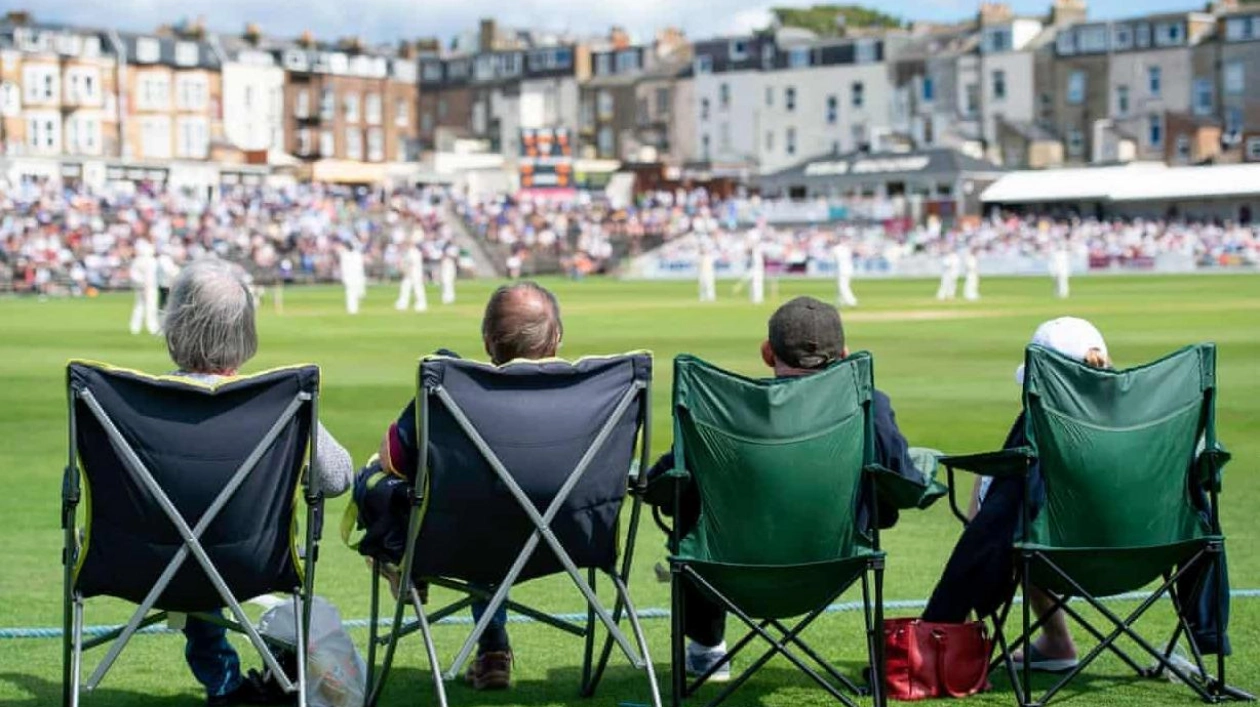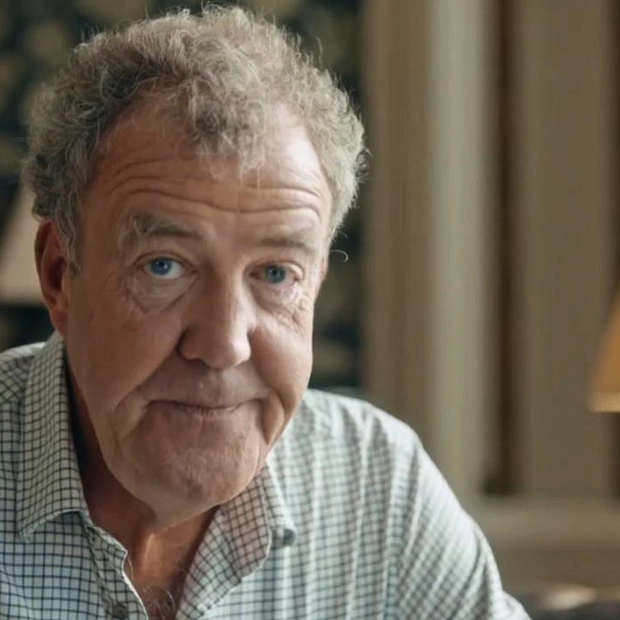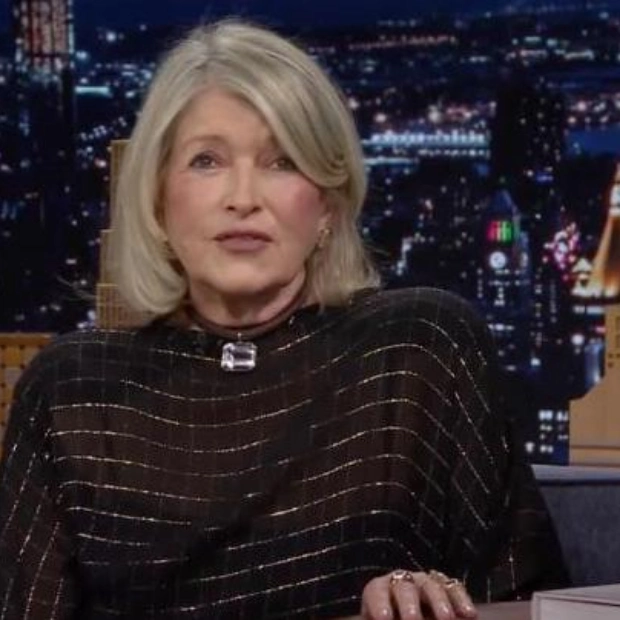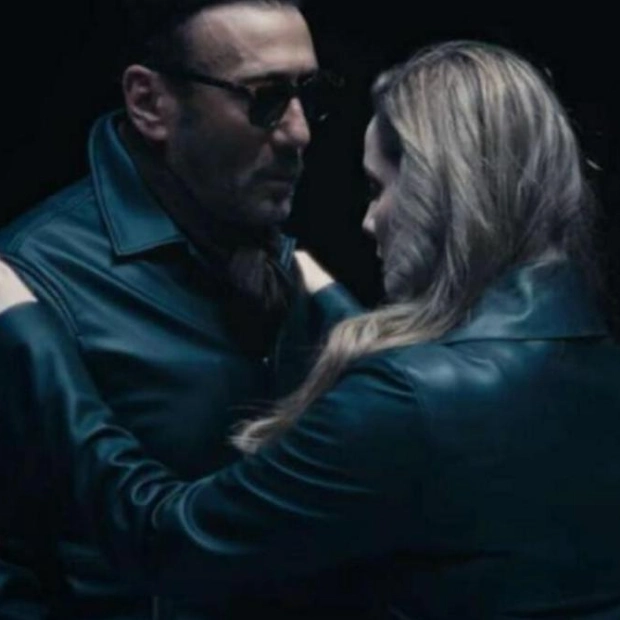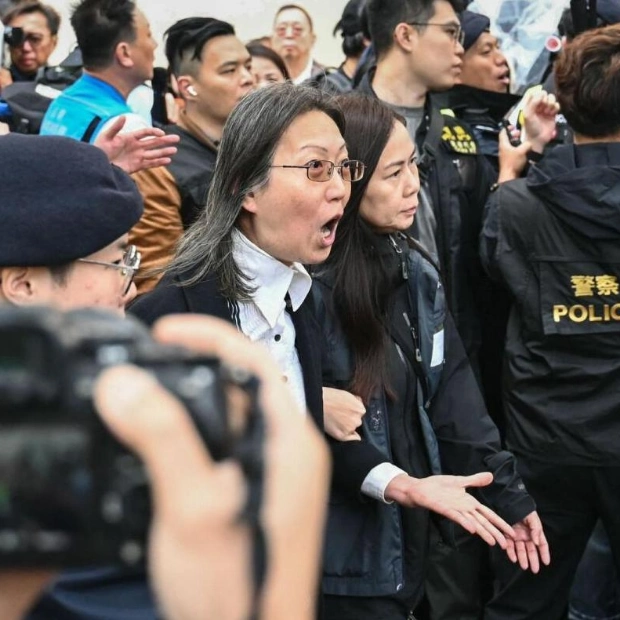Nestled among the trees, barely visible under the dim glow of street lamps, the Lees Hall Golf Club can easily be overlooked on a dreary autumn evening. After initially driving past, I turn around, park, and step out of my car. The only signs of life in the deserted car park are from another vehicle, from which two older men emerge.
“Is this the right place for the cricket meeting?” I ask. “Yes, it is,” one of them replies. “And I’m guessing by the fact you’re half the age of anyone else coming tonight that you’re the guest speaker.” His assumption is correct, at least regarding the speaking part (though I’m a decade older than he assumed, the sentiment holds). Upon entering the golf club, a commotion is evident in the main function room. The Sheffield Cricket Lovers have purchased a new banner for their regular meetings, but its erection proves more challenging than expected, as evidenced by the combined efforts of four committee members.
“I’m glad it has a red ball rather than a white one,” comments an attendee once the task is completed. Approximately every two weeks, around 50 people gather at Lees Hall, on the southern outskirts of Sheffield, to listen to a guest speaker from the cricket world. Sometimes it’s a former England international—Devon Malcolm, Dean Headley, and Craig White have recently spoken. Other times, it’s a coach, commentator, or author. Tonight, they’ve assembled to hear me discuss my book, Batting for Time: The Fight to Keep English Cricket Alive, and the uncertain future of domestic cricket.
This scene is repeated across the country during the bleakest months of the year. Between October and March—English cricket’s traditional off-season—over 30 cricket societies host regular talks, meals, and events to bring enthusiasts together. The Sheffield Cricket Lovers, which includes Joe Root’s grandfather Don as a regular attendee, has existed since 1960. “It’s a gathering of like-minded individuals,” says vice-chair Andy Pack. “Most of our audience, like those at other cricket societies, are older. They may not have many opportunities to discuss cricket due to their age and circumstances. They also appreciate the traditional presentations common at cricket societies, rather than modern platforms like YouTube or podcasts.
“It’s a chance to talk to people involved in the game and connect with something they’ve loved for a long time.” English cricket, at the domestic level, is facing another existential crisis. The spread of franchise leagues, threatening to disrupt the sport’s established hierarchy, has led to the controversial creation of The Hundred and a sale process that many believe will alter county cricket’s Victorian-era foundations. As players travel to play in lucrative leagues worldwide, questions arise about the county structure’s future and its purpose.
To many cricket lovers, the community aspect of county clubs and societies—which share a significant overlap in membership—is crucial. For instance, Somerset’s foundation hosts monthly Walkers & Talkers events during winter, inviting members to chat with each other and guests while strolling around Taunton’s County Ground. Rob Kelly, the Norfolk Cricket Society secretary, emphasizes the social value of their monthly events. “It’s a chance to converse and stay in touch with people outside the cricket season,” he says. “There’s a wellbeing aspect to it. During the dark winter months, it gives people a focus.”
However, as noted by the attendees in the Sheffield golf club car park, a common challenge for these societies is an aging demographic. Their future mirrors the ongoing debates over domestic first-class cricket—uncertain and worrisome. “We’re trying to attract younger people, but I’m in my 50s, and the youngest regular attendee is in his mid-40s,” says Kelly. “It’s a concern, but we’re enjoying it while it lasts. It’s sad to look back 10 years and see names on the list who are no longer with us.
“We’re always trying to attract new members. We put on a good evening and want more people to join because it’s a nice event to attend. Right now, I’m still positive, but I don’t look too far into the future.” In Britain, about 4,000 cricket society members gather to discuss the sport during the autumn and winter months. At the Derbyshire Cricket Society, the first question during my post-talk Q&A unexpectedly delves into the ECB’s recently amended transgender policy. At the Yorkshire Southern Group, it takes me an hour to realize that the person I’ve been chatting with over lunch is former Yorkshire and England all-rounder Richard Hutton, son of the legendary batter Sir Len Hutton.
Every society meeting promises surprises, informed discussions, and plenty of passion. Without these gatherings, the wait for the new cricket season would be even longer.
Source link: https://www.theguardian.com
